Staff
21 February 2017
Physics Colloquia Series Presents: Prof Tom McLeish FRS, Durham University 'Learning new physics from a medieval thinker: Big Bangs and Rainbows’
Friday, 24th February 2017 at 15:30
14 February 2017
Astor Special Lecture: Dr. Dmitri D. Ryutov
Physics Colloquia Series – Astor Lecture
Plasma physics helps in establishing an upper bound for the photon mass
Dr. Dmitri D. Ryutov
Lawrence Livermore National Laboratory
Tuesday, 7 March 2017 at 14.00
14 February 2017
Friday Physics Colloquia Series Presents (17 Feb): Professor Valerio Scarani, Centre for Quantum Technologies and National University of Singapore
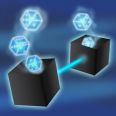
‘The applied side of Bell nonlocality’
Friday, 17 February 2017 at 15:30
1 February 2017
Friday Physics Colloquia Series Presents: Professor Val Gibson, Cambridge, 'The Beauty of Flavour - Latest results from the LHCb experiment at the Large Hadron Collider’

Professor Val Gibson, Cambridge, will present this Friday’s Physics Colloquium entitled ‘The Beauty of Flavour - Latest results from the LHCb experiment at the Large Hadron Collider’ at the usual time of 3.30pm in the Martin Wood Lecture Theatre (3 February 2017). Tea & Coffee will follow in the Clarendon Labs Common Room.
Postdoc Careers Event
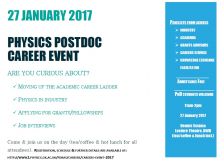
Postdoc Careers Event
Are you a postdoc interested on how to optimize your career options in academia? Or curious on career opportunities beyond the Ivory Tower? Then come to the Physics Postdoc Careers Event this Friday - registration form & submission of questions to panellists through this form
23 January 2017
Physics Colloquia Series Presents: 27 January 2017: Prof Nicola Spaldin, ETH Zurich; From Materials to Cosmology: Studying the early universe under the microscope
The behaviour of the early universe just after the Big Bang is one of the most intriguing basic questions in all of science, and is extraordinarily difficult to answer because of insurmountable issues associated with replaying the Big Bang in the laboratory. One route towards the answer -- which lies at the intersection between cosmology and materials physics -- is to use laboratory materials to test the so-called "Kibble-Zurek" scaling laws proposed for the formation of defects such as cosmic strings in the early universe.
1 December 2016
Physics Newsletter Autumn 2016
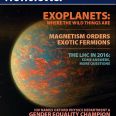
Our latest Department newsletter is now available to download in PDF format here (the file may not display correctly with Firefox/Chrome pdf viewers -- in this case save it to a file and open it with e.g. Acrobat reader or Preview).
Have a look at the wide range of work that we do in front-line research, teaching, public outreach and school education.
25 October 2016
Physics Colloquium Nov 11: Professor Jon Rosner (Chicago), 'Exotic combinations of quarks - A journey of fifty years'
The early 1960s witnessed a wealth of elementary particles described in terms of simple combinations of a few more elementary units, dubbed quarks. The known mesons and baryons could all be described as states of quark-antiquark or three quarks. However, it was not understood why certain more elaborate combinations, such as (two quarks + two antiquarks) or (four quarks + one antiquark) had not been observed. It has taken nearly half a century, but these "exotic" particles are now beginning to be seen and understood.
Exhibition ‘New Eyes on the Universe: Science of the Sudbury Neutrino Observatory and Snolab’.
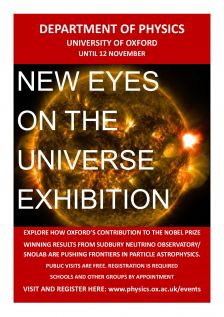
The Department of Physics is delighted to present the exhibition
‘New Eyes on the Universe: Science of the Sudbury Neutrino Observatory and SNOLab*’.
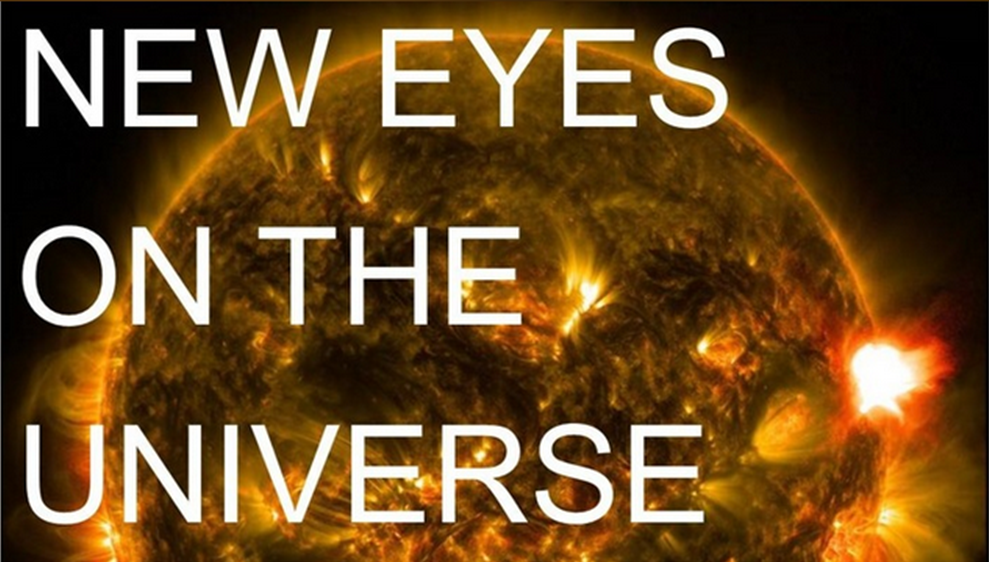
THE EXHIBIT
If you would like to visit, please click here to reserve your place.
25 October 2016
Physics Colloquia Series Presents: Astro Special - Dr Jamie Holder,University of Delaware, presents 'Astronomy at the Highest Energies: Exploring the Extreme Universe with Gamma Rays'
The gamma-ray band of the electromagnetic spectrum probes some of the most extreme environments in the Universe. Photons of these very-high energies can only be produced by the interactions of subatomic particles that have been accelerated to almost the speed of light. This acceleration occurs in a surprisingly wide variety of astrophysical sources: close to black holes and neutron stars, in the blast waves of supernova explosions, and in the relativistic jets of active galaxies.


